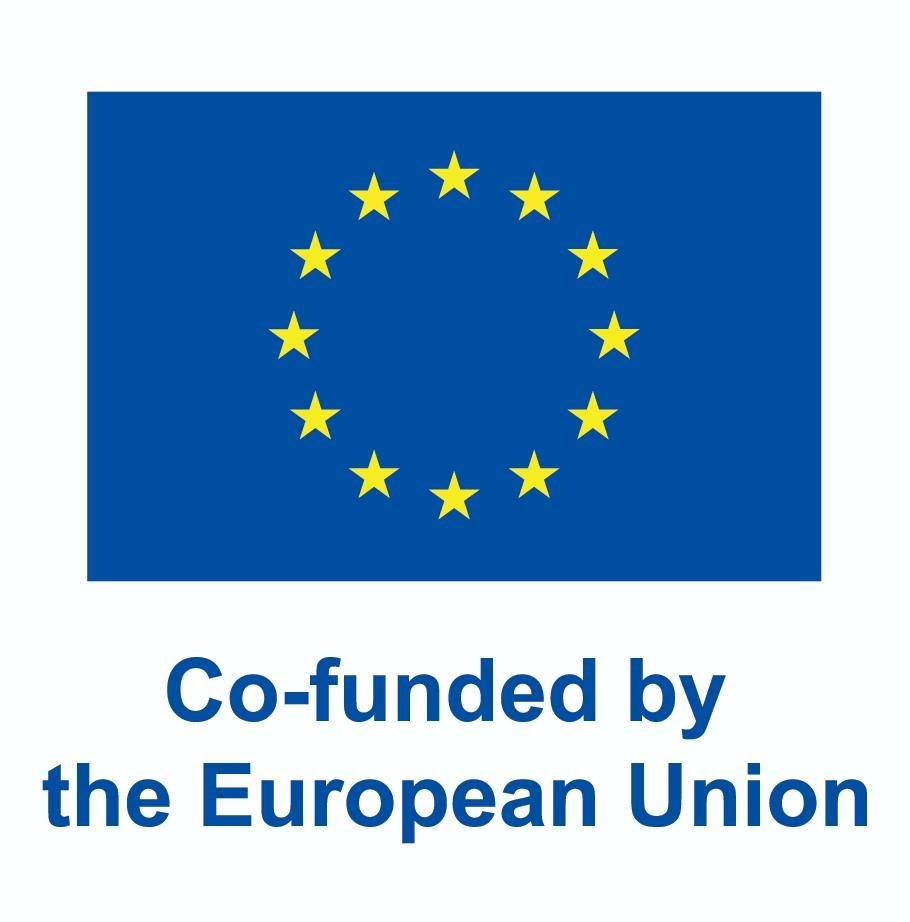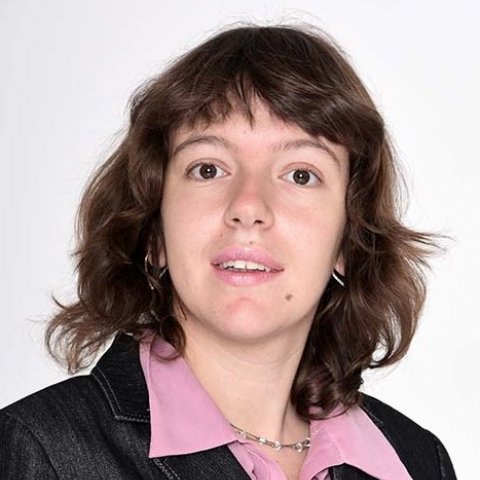Since the EU granted Ukraine candidate country status amidst the full-scale war with Russia, the idea of Ukraine”s staged EU accession has been discussed by scholars. Full Single Market membership is thereby seen as a feasible stage in EU-Ukraine relations preceding membership.
Ukraine”s full integration into the EU Single Market will be mutually beneficial. However, its feasibility will be a problem, as we show using the case of the free movement of people. We show that (1) the war and temporary protection for Ukrainians in the EU have made both parties extra cautious about quick progress in this sphere and (2) Ukraine must implement considerable legislative changes to make progress towards free movement of people. The case of the free movement of persons is illustrative of political dilemmas and legal challenges Ukraine needs to overcome to become a full member of the EU Single Market.
Gradual vs staged accession
Ukraine is the first country in history to receive EU candidate status and start accession negotiations with the bloc during the full-scale war. Though the war “has changed the EU”s calculus about the costs and benefits of admitting new states”, the EU and its member states are extremely cautious when it comes to accepting Ukraine as a new member. This is, foremost, because of security risks linked to increasingly assertive Russia, as well as the challenge of intra-EU reform in view of the new enlargement and, allegedly, the problem of corruption in Ukraine. To find balance between these concerns and the geopolitical imperative of enlargement, the Commission and Brussels-based think tanks increasingly often discuss alternative concepts for future EU enlargement and Ukraine”s EU accession, such as the gradual or staged accession.
The focus on gradual accession is salient in the most recent Commission’s Communication on EU enlargement policy, which says that “enlargement partners need to be anchored in the EU through gradual integration, leading in turn to an acceleration of the enlargement process”. It is further argued that “gradual integration will help technical preparations for EU membership, accelerate acquis alignment and smoothen the accession process”.
Yet, the challenge with the gradual accession idea is the lack of structure of the accession process. The absence of clear milestones and deadlines reduces urgency and gives EU and member state politicians endless opportunities to delay enlargement-related reforms and come up with politicized requirements vis-a-vis candidate countries. It also brings about the risk of disillusionment with the EU and, potentially, euroscepticism in partner countries. The staged accession model seeks to address these challenges by defining clear stages the accession process should go through and to attach milestones and deadlines to them. In this light, Single Market membership is increasingly often viewed by both the Commission and policy analysts as a possible milestone in the accession process for Western Balkans, Ukraine and Moldova. While allowing room and time for political reforms, full Single Market membership represents a clear and feasible objective for the EU and partner countries to concentrate on.
Ukraine”s Single Market integration and the freedom of movement of people
The Single Market is central to the whole European project, ensuring that “goods, services, capital and persons can move without restriction within the EU”. The implementation of the EU-Ukraine AA, including Deep and Comprehensive Free Trade Area (DCFTA) has enabled Ukraine to align its legislation with the acquis in many areas, which is needed to ensure smooth trade in goods and services, such as trade facilitation, public procurement and statistics and exchange of information. Legislative approximation also facilitated the free movement of capital, with Ukraine”s prospective accession to the Single European Payments Area (SEPA) as the next milestone.
The freedom of movement of persons means that EU citizens, Swiss citizens and those of the European Economic Area (EEA) countries (Iceland, Liechtenstein, and Norway) can freely move between and reside in EU/EEA countries and Switzerland. They should enjoy equal rights (i.e. access to labour market, education and social protection) across all the respective countries and can be accompanied by their family members.
In contrast to the other three freedoms, the EU-Ukraine AA does not offer a legal basis for the free movement of persons between the EU and Ukraine. This can be explained by the traditionally sensitive nature of this topic in “old” EU member states, fearing that “newcomers” will take over jobs in their job markets. In the enlargement context, this challenge is usually addressed through transition periods that temporarily restrict free movement of citizens from new member states (e.g. this was the case during the 2004 “Bing Bang” enlargement).
Since the EU-Ukraine AA was adopted with no view to Ukraine’s prospective accession, agreeing on visa-free travels, rather than making steps towards free movement of persons, was an evident solution back then. Yet, accession prospects and wartime challenges make the EU and Ukraine seek new solutions in this area, which the parties approach with extra caution.
War, temporary protection and free movement of persons
The key question the Commission and the Ukrainian government should agree on is what the future status of current Ukrainian beneficiaries of temporary protection (TP) would be, and whether there is “appetite” to use TP experience as a step forward to the free movement of persons. For the time being, over 4 million of Ukrainians reside in the EU under the TP status, which grants them residence, work, education, and social services. In June 2024, the Council prolonged the operation of TP for Ukrainian citizens until March 2026.
On the EU side, the experience of TP for Ukrainians is assessed as an “overall success”. In some countries, TP beneficiaries even gave an important impetus to economic growth. With 0.7-1.1% GDP growth attributed to TP beneficiaries” work, Poland serves as a bright example. Policy analysts thus actively debate various options for TP beneficiaries to stay in the EU after the protection expires, including access to long-term resident status or creating the “reconstruction permits” for the expected duration of Ukraine’s reconstruction (possibly, ten years). Another suggestion is to launch “pre-accession permits” for former TP beneficiaries that would facilitate their free movement “both within the EU and to and from Ukraine”, access to socio-economic rights and, to the extent possible, participation in Ukraine”s reconstruction effort. Yet, the EU and member states are likely to approach such a pilot with caution for several reasons:
- “pre-accession permits” would create uneven opportunities for both Ukrainian and EU citizens, since former TP beneficiaries would de facto enjoy freedom of movement of persons, while it would not be open to other Ukrainian citizens and citizens of the EU.
- To be positioned as a pilot for free movement of persons, “pre-accession permits” need to be a joint EU-Ukraine initiative, embedded in the accession process and including the way forward to extend it to all Ukrainian and EU citizens.
When it comes to both “pre-accession permits” as a pilot idea and progress towards the free movement of persons, more broadly, the Ukrainian government faces the following dilemma:
On the one hand:
- Negative demographic consequences of the war make the government emphasize return and reintegration of former TP beneficiaries.
- The government also seeks to prevent another wave of Ukrainians’ outmigration after the end of the martial law.
On the other hand:
- The government seeks progress on the accession path.
- In a long-term perspective, free movement of persons regime may be conducive to both reintegration of Ukrainians currently residing in the EU and attracting labour force from the EU.
Against this background, Ukraine today seems to be more interested in long transitional periods related to the free movement of persons than the EU and its member states. It is thus unlikely that the parties would be able to agree on a joint initiative to pilot freedom of movement of persons based on the TP within the accession negotiations framework. Rather likely is that after the end of the martial law the EU and Ukraine would agree on gradual “phasing out” from the TP regime, not linking this process to Ukraine’s Single Market integration and the freedom of movement of persons.
Ukraine”s “homework” regarding the free movement of persons
Additional barrier to creating any pilots in the field of the free movement of persons deals with several crucial areas where Ukraine”s legislation is not yet aligned to acquis communautaire.
First, Ukraine has to align its legislation to EU acquis when it comes to access to the labour market. For the time being, EU/EEA/Swiss citizens have to undergo the same (rather cumbersome) procedures to get work permits and work-based residence permits. The absence of specific legislation on the employment of EU/EEA/Swiss citizens represents a challenge both to negotiating free movement of persons and such individuals” involvement in the process of Ukraine”s reconstruction and recovery.
Second, Ukraine has not yet joined the European Network of Employment Services (EURES) that aims to facilitate free movement of workers across the EU/EEA countries and Switzerland. In October 2024, the Cabinet of Ministers of Ukraine approved the action plan that should prepare Ukraine for joining the network. Most actions under the plan deal with studying EU member states’ experiences of participating in the network and are planned for 2024-2025. No tentative completion dates are, however, provided for three out of nine planned activities, namely (i) studying the role of intermediaries at member states’ labour markets and their effectiveness as compared with state employment services; (ii) aligning the national classifications of professions with the EU and international ones and (iii) completion of final report and its submission to the Cabinet of Ministers. At the current point, it is, therefore, difficult to assess when Ukraine would be able to join the EURES.
Third, Ukraine does not have agreements on the coordination of social security services with nineteen EU member states. Moreover, since Ukraine does not have a national health insurance card, it is a challenge to implement the European Health Insurance Card in Ukraine. This relates particularly to ensuring (and funding) coverage of medical treatment for Ukrainians residing and working in EU member states.
The case of the free movement of persons reveals the complexity of political dilemmas and legal challenges Ukraine faces on its way to Single Market integration as a stage in the accession process. Since the freedom of movement of people is not covered by the EU-Ukraine AA, the parties are currently required to invest more efforts in developing the plan for Ukraine’s Single Market integration in this domain. Though the TP could have offered a useful basis for a pilot “reconstruction” or “pre-accession” permits for Ukrainians in the EU, legal issues and the Ukrainian government”s focus on reintegration of Ukrainians abroad makes such a project unlikely.
The material was created in the framework of the Jean Monnet Module INTEGTRADE, funded by the European Union. Views and opinions expressed are, however, those of the author(s) only and do not necessarily reflect those of the European Union or the European Commission. Neither the European Union nor the European Commission can be held responsible for them.

Photo: depositphotos.com/ua
Attention
The author doesn`t work for, consult to, own shares in or receive funding from any company or organization that would benefit from this article, and have no relevant affiliations



